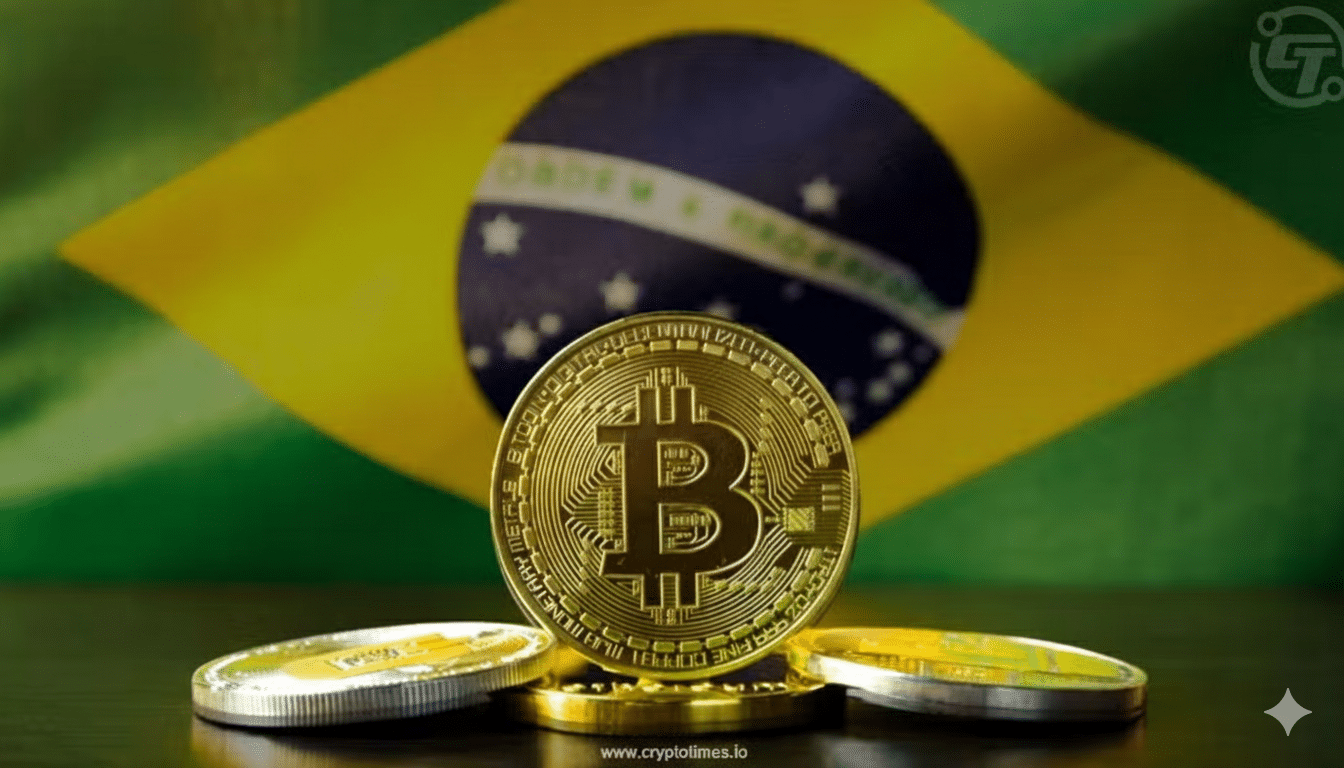Brazil’s cryptocurrency transaction volume more than doubled over the past year, according to new data from blockchain analytics firm Chainalysis.
The country recorded R$ 1.7 trillion (US$ 318.8 billion) in crypto transactions between July 2024 and June 2025, representing a 109.9% year-over-year increase. The figures were published in the firm’s 2025 Geography of Cryptocurrency Report.
Stablecoins dominate usage in Brazil
The report attributes much of this growth to the widespread use of stablecoins, which made up over 90% of all transaction flows.
Chainalysis noted that the primary applications of these assets in Brazil are payments and international remittances, suggesting that cryptocurrencies are being used increasingly for everyday financial activity rather than purely speculative trading.
This leads to a lot of strategies, such as the launching of credit cards, which is a move that directly links to the previous analysis.
Brazil’s role in Latin America and beyond
The R$ 1.7 trillion figure highlights Brazil’s weight in Latin America’s digital asset ecosystem and places the country among the most active crypto markets globally. Chainalysis ranks Brazil as the fifth-largest market worldwide by transaction volume, ahead of several G20 economies.
The report attributes this position to a mix of large institutional flows—particularly through exchanges and over-the-counter desks—as well as a steadily growing retail base that uses crypto for different purposes.
This combination could have been what made Brazil both a regional leader and a test case for how emerging markets adopt digital assets at scale.
Regulation and oversight under scrutiny
The rapid expansion of the market has also drawn attention to Brazil’s evolving regulatory landscape.
The confirmed scale of crypto activity underscores the importance of forthcoming policies from the Central Bank and tax authorities, which will need to address compliance, reporting, and consumer protection.
A market doubling in size
In one year, Brazil’s crypto economy effectively doubled, with stablecoins leading transaction activity. It illustrates the extent to which digital assets have become integrated into financial behavior in the country, while also raising questions about how regulation will adapt to oversee such growth.
Also read: Brazil Police Seize $4.3M USDT With The Help of Binance And TRM Labs












